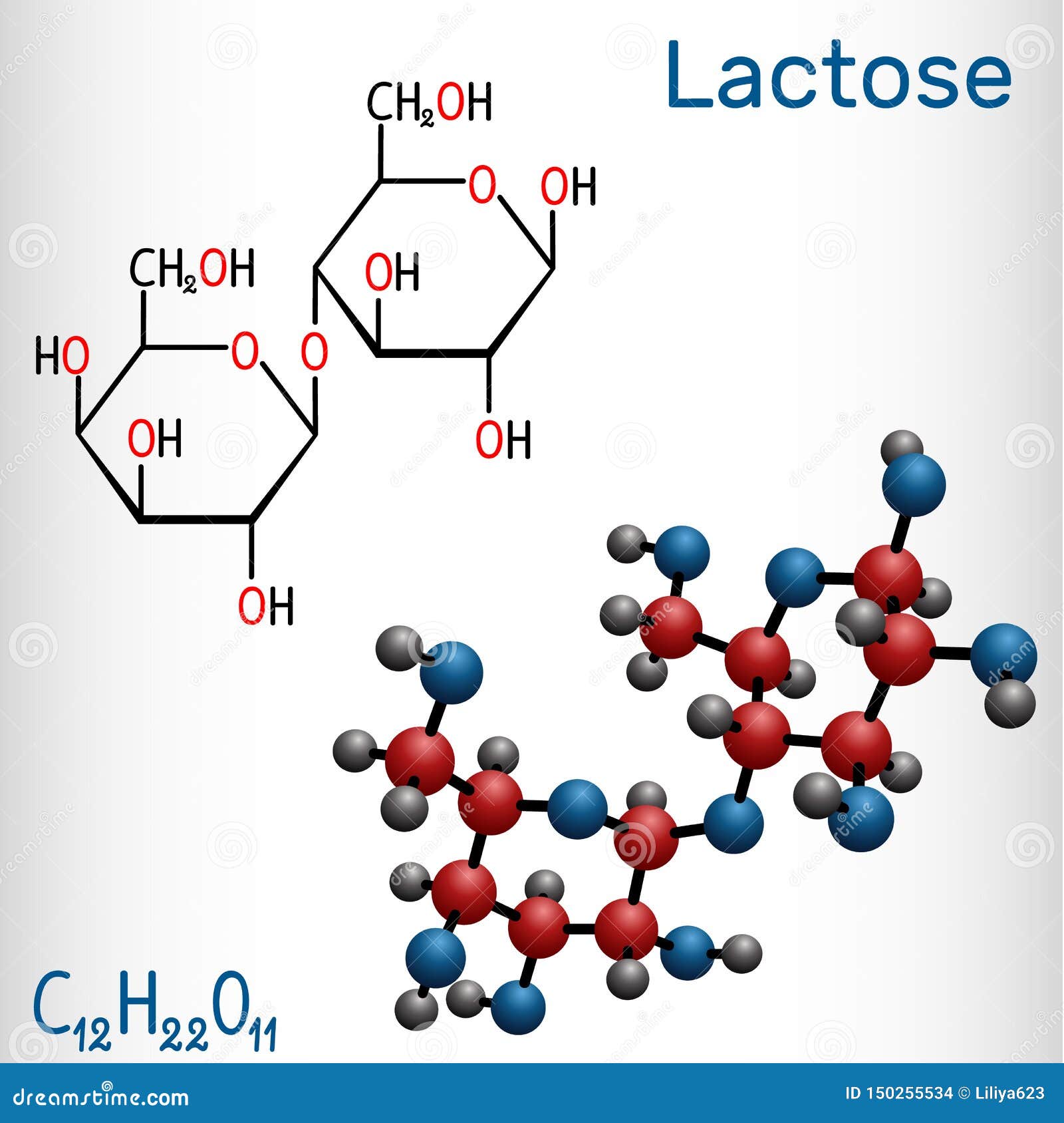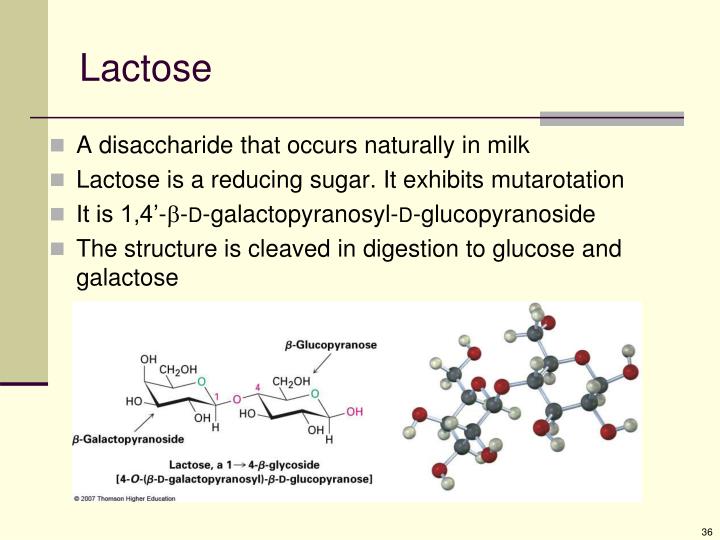


You should also not exercise or smoke for several hours before testing. There are other medications that may interfere with the test, so consult your healthcare practitioner about the medications you are taking. Is any test preparation needed to ensure the quality of the sample?įasting is required before and during testing, and you must be off antibiotics and stomach medications, such as antacids, laxatives and stool softeners, for two weeks prior to the test. Blood samples are obtained by inserting a needle into a vein in the arm. How is the sample collected for testing?īreath samples are collected by blowing into a bag or other collection device. In persons with lactose intolerance, there is inadequate breakdown of lactose and so this rise in blood glucose is not seen. Since lactose is normally broken down to glucose and galactose, taking the lactose drink would normally lead to absorption of this glucose and result in an increase in blood glucose. This test measures the glucose level in the blood samples taken immediately before and after the lactose drink. This is an alternate test sometimes used to detect and diagnose lactose intolerance. The hydrogen gas enters the circulation and is eventually exhaled by the lungs and can be measured in the breath. With lactose intolerance, undigested lactose reaches the large intestine and is broken down by bacteria, producing excess hydrogen gas. This test measures hydrogen gas in breath samples taken before and after the lactose drink. This is the test more commonly used to detect and diagnose lactose intolerance.
#Glucose and lactose series
A sample for testing is taken immediately before, and a series of timed samples is collected at intervals after taking the lactose drink.

In both of these, the person tested is given a liquid to drink that contains a standard amount of lactose. Two different types of lactose tolerance tests are available. While only about 5% of northern Europeans are lactose intolerant, more than 90% of Asians and Native Americans become lactose intolerant. The intolerance can vary by race and ethnicity. About 65-70% of the world's population develops some degree of lactose intolerance by the time they reach adulthood. This process can cause the affected person to experience abdominal pain and bloating, flatulence (passing gas), and diarrhea within 30 minutes to 2 hours of consuming milk or other dairy products.Īlmost all babies are born with the ability to digest lactose, but lactase production normally decreases as an individual ages. If an individual does not produce enough lactase (lactase deficient), then undigested lactose passes through the small intestine to the large intestine, where bacteria break it down, producing hydrogen gas and lactic acid. This digestion step is performed by lactase, an enzyme produced by cells lining the small intestine. Before it can be absorbed and used by the body, it must be broken down into two simpler sugars, glucose and galactose (monosaccharides). It is found in milk and many other dairy products. Lactose is a sugar with a complex structure (a disaccharide). Lactose tolerance tests measure hydrogen in the breath or changes in the level of glucose in the blood after a person is given a drink containing a standard amount of lactose, thus determining whether the individual is capable of proper digestion of lactose.


 0 kommentar(er)
0 kommentar(er)
